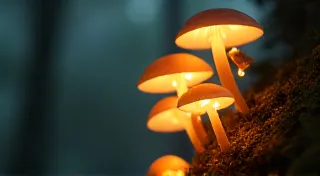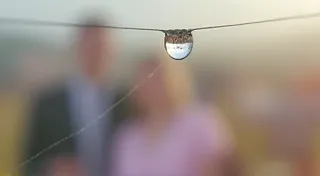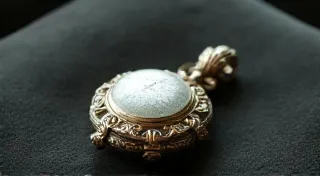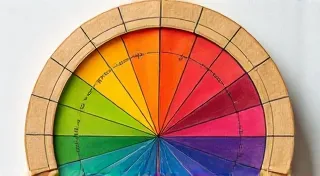The Verdant Cipher: Decoding Miniature Moss Cultivation Secrets
There's a certain magic woven into the world of miniatures. It's more than just reducing a scene to a smaller scale; it’s about distilling the essence of a place, a feeling, a memory, and holding it within your hands. For me, that magic has always been intertwined with moss. It’s a grounding element, a whisper of nature, and a vital component in creating the immersive, miniature landscapes I cherish for my dollhouse gardens. It reminds me of my grandfather's antique accordion – a complex, beautifully crafted instrument, covered in a velvety green felt, each button representing a note, a memory, a story. Just like that accordion, moss reveals its secrets slowly, patiently, rewarding careful observation and understanding.
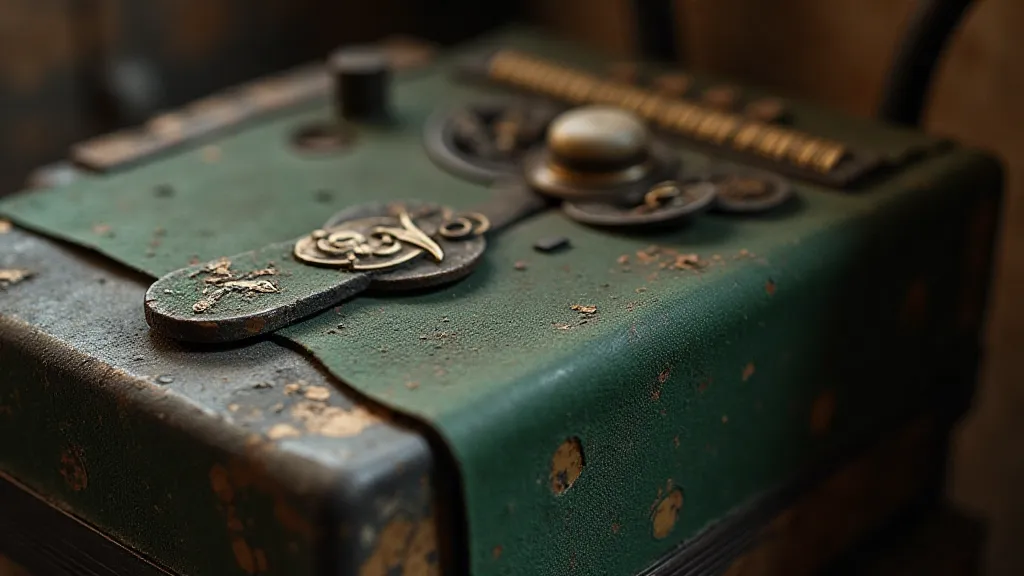
Why Moss? The Allure of the Miniature Forest Floor
Think about a real forest floor. It’s not a barren wasteland; it’s a vibrant ecosystem teeming with life, dominated by the quiet resilience of moss. Moss provides texture, color variation, and a sense of age and history to a miniature scene. It softens the edges of miniature structures, creates realistic ground cover, and provides a naturalistic habitat for tiny figurines and fairy garden inhabitants. The key, as with any craft, is understanding the materials you’re working with. Dismissing moss as simply “green stuff” is like calling an accordion a "noisy box." You’re missing the intricate details, the nuanced beauty, and the endless possibilities.
Choosing the Right Moss: A Miniature Botanist’s Guide
Not all moss is created equal, especially when dealing with the delicate scale of dollhouses. Here’s a breakdown of suitable types, considering their growth habit and appearance:
- Sheet Moss (Hypnum): This is your workhorse moss, perfect for covering large areas and creating a carpet-like effect. It's relatively easy to cultivate and readily available.
- Pillow Moss (Leucobryum): With its rounded, cushiony growth, pillow moss adds a whimsical, fairy-tale quality to miniature landscapes. It’s a bit more challenging to cultivate than sheet moss but the effect is worth it.
- Mood Moss (Dicranum): This moss has a more upright, slightly bristly appearance, giving it a more woodland feel. It can be used to create small hills or to add texture to rocky areas.
- Reindeer Moss (Cladonia): While technically a lichen, reindeer moss is often used interchangeably with moss in miniature gardening. Its distinctive branching pattern adds a unique visual element.
When sourcing moss, prioritize sustainability. Consider foraging responsibly (with permission and careful consideration for the environment) or purchasing from reputable suppliers who harvest ethically.
Cultivating Your Miniature Moss Garden: Propagation Techniques
Moss doesn't grow from seeds; it reproduces through spores. This means propagation involves creating optimal conditions for spore germination and the establishment of new moss colonies. Here's a simple guide:
- Spore Collection: Gather spores by placing a clean, dark cloth over moss clumps and allowing them to release their spores. This is best done on a humid day.
- Substrate Preparation: Create a substrate using peat moss, vermiculite, and perlite. This mixture provides the moisture and aeration that moss needs to thrive.
- Sowing the Spores: Gently sprinkle the collected spores over the prepared substrate and mist with distilled water.
- Environment Control: Keep the substrate consistently moist (but not waterlogged) and provide a shaded environment. A terrarium or a closed plastic container is ideal.
- Patience is Key: Moss is notoriously slow-growing. It can take several months, even years, for a noticeable colony to establish.
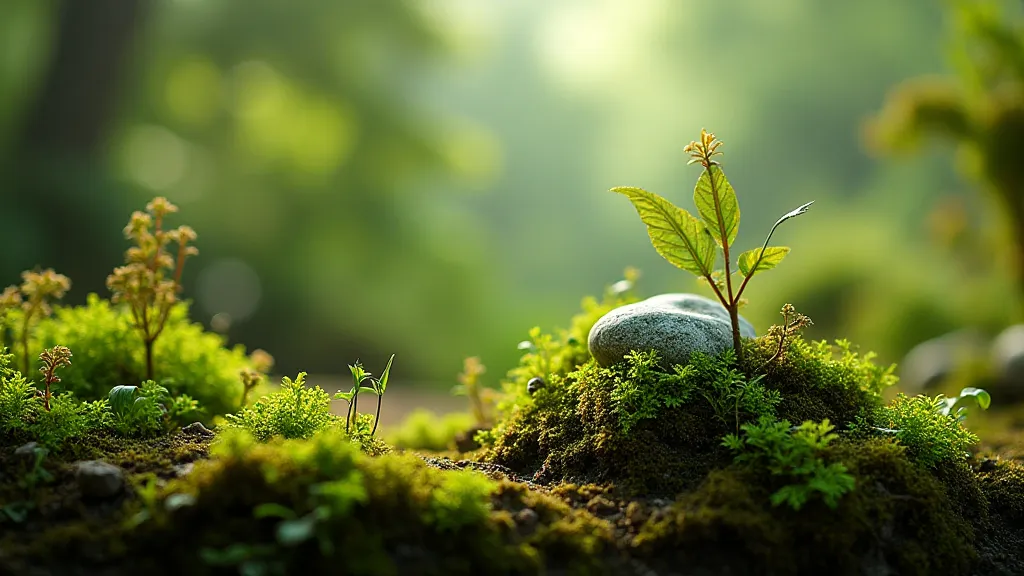
Troubleshooting Common Moss Problems: A Craftsman’s Diagnostic Approach
Like an antique accordion needing occasional repairs, moss cultivation can present challenges. Here are some common issues and how to address them:
- Browning Moss: This is usually a sign of insufficient moisture or excessive sunlight. Increase misting frequency and relocate to a shadier spot.
- Mold Growth: This indicates poor ventilation. Increase airflow and consider adding a small fan to your terrarium.
- Slow Growth: Moss is slow, yes, but exceptionally slow growth can indicate nutrient deficiency. Consider adding a very diluted fertilizer specifically formulated for mosses (use sparingly!).
- Drying Out: Consistent humidity is crucial. Use a humidifier or group your miniature gardens together to create a microclimate.
Creating Naturalistic Scenes: Landscaping Ideas for Dollhouse Gardens
Now for the fun part: designing your miniature landscape! Think of yourself as a landscape architect, sculpting a tiny world. Here are a few ideas:
- Moss Walls: Use a wire mesh and secure moss to it, creating a dramatic backdrop for your miniature buildings.
- Mossy Hills and Valleys: Create a three-dimensional landscape by layering moss over varying heights of substrate.
- Miniature Water Features: Line a tiny pond with moss to create a natural-looking edge.
- Mossy Pathways: Create winding pathways through your garden using carefully placed moss clumps.
- Adding Details: Incorporate miniature stones, twigs, and dried flowers to add further realism.
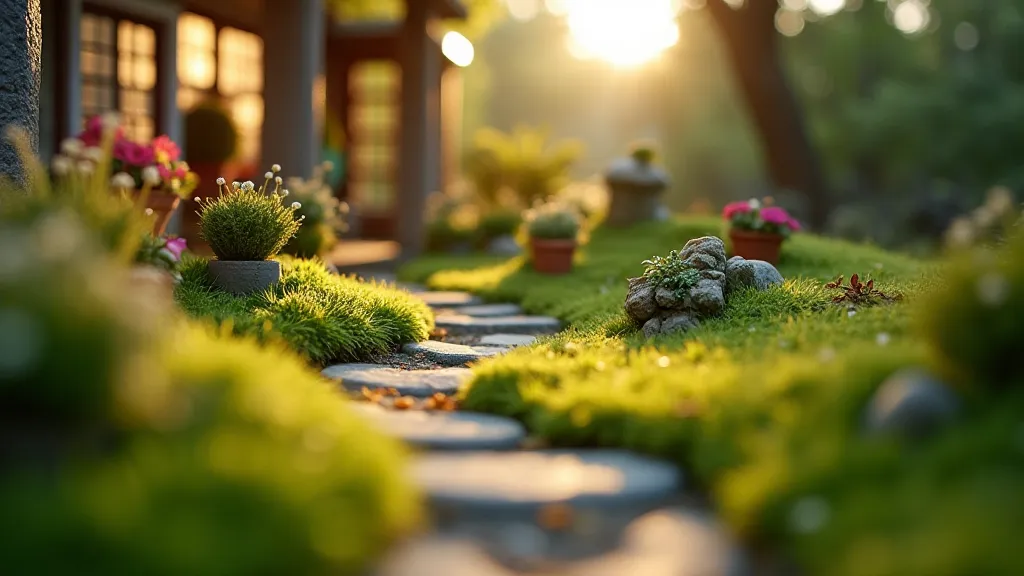
Beyond the Basics: Miniature Bonsai and Advanced Techniques
For those seeking an extra layer of challenge, explore miniature bonsai techniques. Carefully train moss to grow in specific shapes and styles, mimicking the art of traditional bonsai. This requires exceptional patience and a keen eye for detail, akin to restoring an antique accordion to its former glory, revealing the beauty hidden beneath years of wear and tear. The reward is a miniature work of art that embodies both nature and craftsmanship.
The world of miniature moss cultivation is a journey of discovery, a testament to the enduring power of nature and the beauty of small things. Like the intricate mechanisms within an antique accordion, each moss clump holds a story, waiting to be revealed. Embrace the patience, the experimentation, and the quiet joy of creating a miniature world, one mossy patch at a time.

